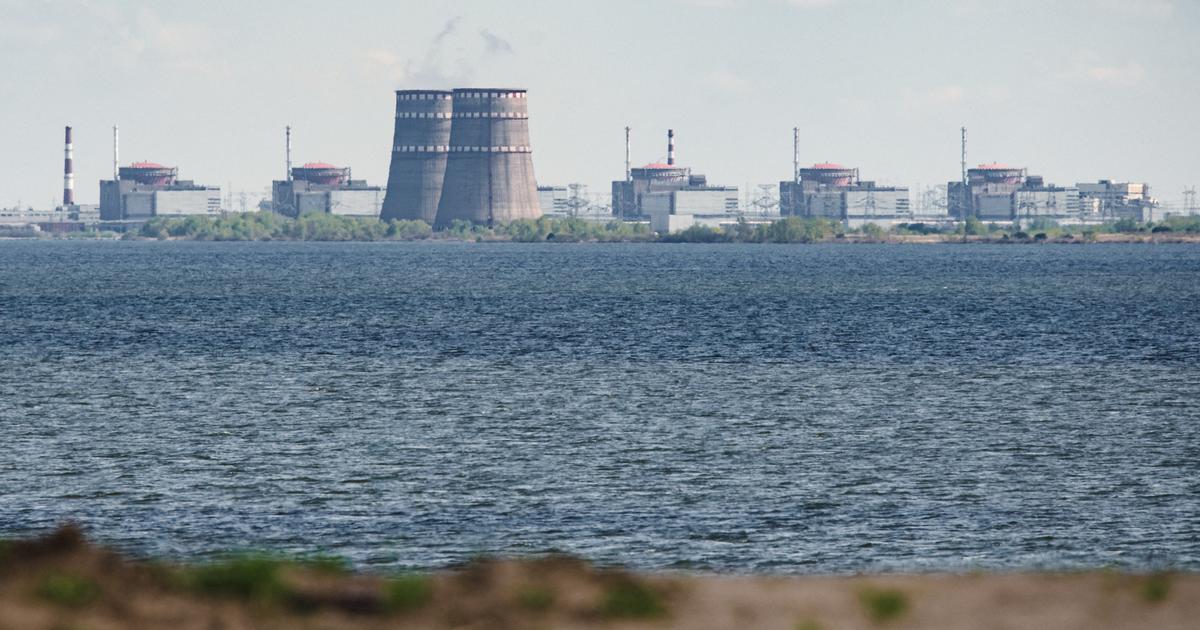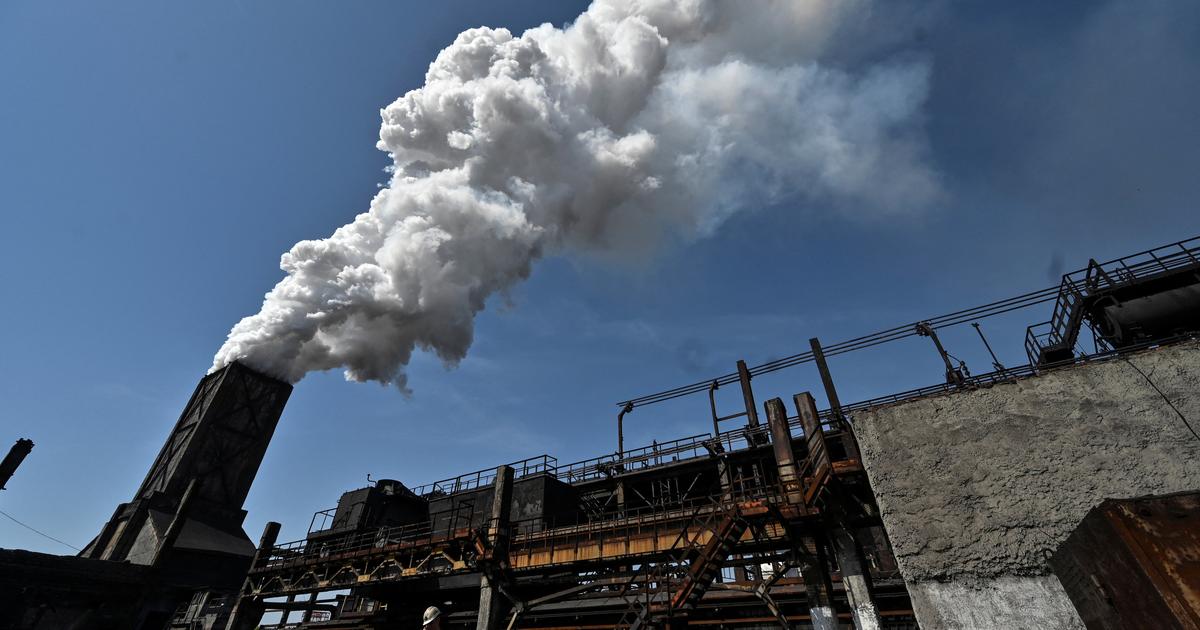The Zaporijjia nuclear power plant, the largest in Europe, under Russian control and the victim of several bombardments, is "totally disconnected" from the network after the damage to the communication lines, announced this Thursday, August 25 the Ukrainian operator Energoatom.
“
The two reactors of the plant in operation have been disconnected from the network.
As a result, the actions of the invaders caused a complete disconnection of the Zaporizhia NPP from the power grid, for the first time in its history
,” the state-run Energoatom group said on Telegram.
To discover
Follow information on the war in Ukraine with the Figaro application
According to the Ukrainian operator, fires on the territory of the Zaporizhia thermal power plant, located near the nuclear power plant in southern Ukraine, twice caused the disconnection of the last line of communication connecting the site to the electrical network.
“
Three other lines of communication had previously been damaged during Russian terrorist attacks
,” continues Energoatom.
The electricity supply of the nuclear power plant itself is provided from the thermal power plant, according to the same source.
“
Operations are underway to connect a reactor to the grid
,” she added.
How old is the Zaporizhia nuclear power plant?
The Soviet-designed Zaporizhia nuclear power plant has six water-cooled VVER-1000 V-320 reactors containing uranium-235, which has a half-life of more than 700 million years.
Construction of the building began in 1980 and its sixth reactor was connected to the network in 1995. As of July 22, only two of its reactors were operating, according to the Nuclear Energy Agency (NEA).
What are the risks of a disconnection for the reactors?
The greatest risk comes from a drop in the water supply.
The pressurized water is used to evacuate the heat from the reactor and slow down the neutrons to allow the Uranium 235 to continue its chain reaction.
If the water were shut off and auxiliary systems such as diesel generators failed to cool the reactor, the nuclear reaction would slow down and the reactor would heat up very quickly.
At such high temperatures, hydrogen could be released from the zirconium sheath and the reactor could begin to melt.
Read alsoWar in Ukraine: Zaporijjia, the powerhouse of all dangers
However, experts say the building housing the reactors is designed to contain radiation and withstand major impacts, meaning the risk of a noticeable leak is still limited there.
"
I don't believe there would be a high probability of a breach in the containment building, even if it were accidentally hit by an explosive shell and even less likely that the reactor itself could be damaged by it. this.
This means the radioactive materials are well protected
,” Mark Wenman, a nuclear materials researcher at Imperial College London, told Reuters.
What will become of the spent fuel?
In addition to the reactors, there is also a facility on site for storing spent nuclear fuel in the form of pools used to cool it.
"
Spent fuel ponds are just big pools of uranium fuel rods - they get hotter or colder depending on how long they've been there
," nuclear historian Kate Brown told Reuters. environment at the Massachusetts Institute of Technology whose book
Manual for Survival
documents the full extent of the Chernobyl disaster.
Read alsoIn Ukraine, high-risk confrontation around the largest nuclear power plant in Europe: the story of the special envoy of
Figaro
“
If fresh water is not put in, all the water will evaporate.
Once the water evaporates, the zirconium sheath heats up and can catch fire and we would then be in a sticky situation with irradiated uranium igniting, much like the Chernobyl situation, releasing a whole complex of radioactive isotopes.
»
A hydrogen emission from a spent fuel pool, for example, caused an explosion at Reactor 4 during the Fukushima nuclear disaster in Japan in 2011. According to Ukrainian documentation from 2017, there were 3,354 spent fuel assemblies. in the Zaporizhia facility and about 1984 spent fuel assemblies in the pools.
That is a total of more than 2,200 tons of nuclear materials excluding reactors.
Who controls the plant?
After invading Ukraine on February 24, Russian forces took control of the plant in early March.
Ukrainian personnel continue to operate it, but special Russian military units guard the facility and Russian nuclear specialists provide advice.
The International Atomic Energy Authority (IAEA), the UN's nuclear watchdog, has warned that staff are operating under extremely stressful conditions.
"
We don't know what happens in wartime when we have a nuclear emergency,
" one IAEA official said.
“
In 1986, everything was working as well as in the Soviet Union, so they could mobilize tens of thousands of people, equipment and emergency vehicles to the site.
"
But who would be in charge of this operation during this war?"
»












